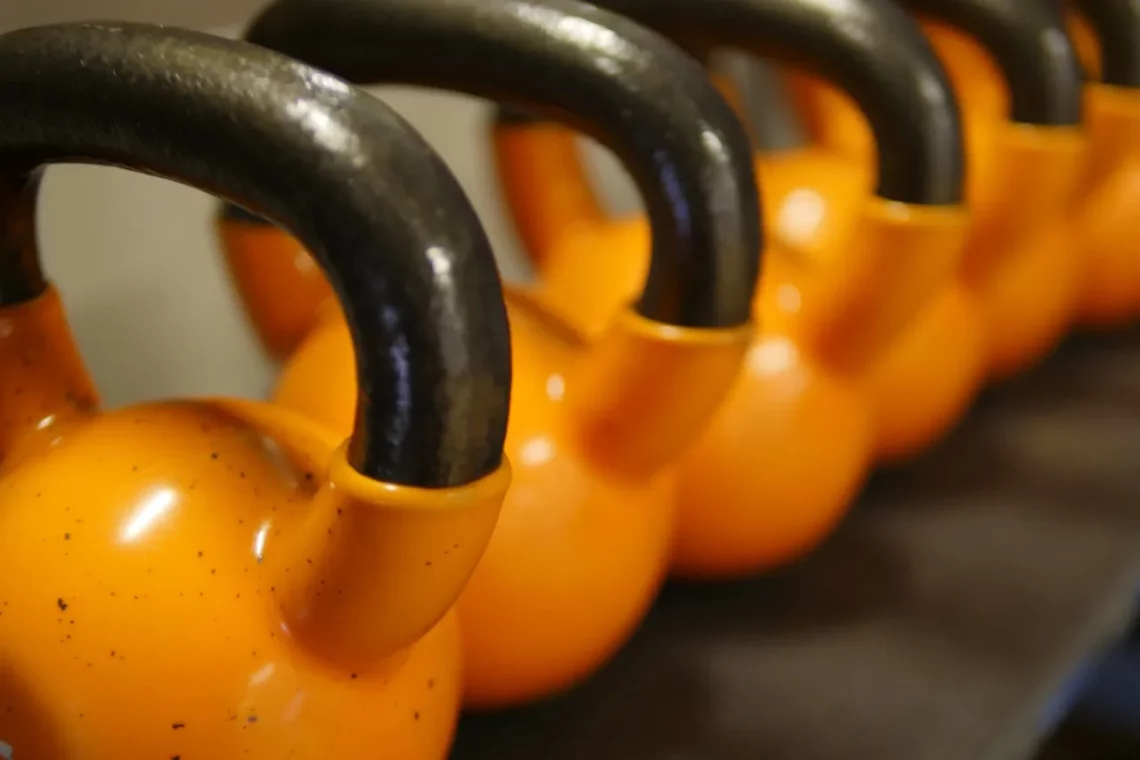
Powerlifting vs Olympic Weightlifting: Key Differences Explained
Powerlifting and Olympic weightlifting are two of the most popular strength sports, each with its unique characteristics, techniques, and competitive structures. While both disciplines focus on lifting heavy weights, they do so in distinct ways that cater to different athletic skills and training methodologies. This divergence is often the source of confusion for beginners and enthusiasts alike, who may wonder which sport aligns better with their fitness goals or athletic aspirations.
Understanding the foundational differences between powerlifting and Olympic weightlifting is essential for anyone interested in strength training. Both sports require dedication, discipline, and a commitment to mastering the techniques necessary for success. However, the training regimens, required skill sets, and competitive formats vary significantly. In this exploration, we will delve into the unique aspects of both powerlifting and Olympic weightlifting, equipping you with the knowledge to make informed decisions about your training path. Whether you’re a seasoned athlete or just starting out, recognizing the key differences will enhance your appreciation of these powerful sports.
Understanding the Basics of Powerlifting
Powerlifting is a strength sport that focuses on three main lifts: the squat, bench press, and deadlift. Each of these lifts is designed to test maximal strength in different muscle groups and movement patterns. Athletes compete to lift the heaviest weight possible in each discipline, with their best successful attempts summed to determine their total score.
The squat primarily targets the lower body, engaging the quadriceps, hamstrings, and glutes. Proper technique is crucial, as it involves descending to a parallel position before ascending back to a standing position. The bench press emphasizes the upper body, particularly the chest, shoulders, and triceps. Lifters lie on a bench and press the barbell from their chest to arm’s length. Finally, the deadlift challenges the entire posterior chain, requiring athletes to lift the barbell from the ground to hip level while maintaining proper form.
Training for powerlifting typically emphasizes building raw strength through low-repetition, high-weight sets. Powerlifters often incorporate accessory exercises to target weaknesses and enhance overall performance. The sport also places a significant focus on technique, as even slight form deviations can lead to failed lifts or injuries.
Competitions are usually held in weight classes, allowing athletes of different body sizes to compete on an equal footing. Each lifter is given three attempts for each lift, and the heaviest successful attempt in each category is recorded. The lifter with the highest total weight lifted across all three categories is declared the winner of the competition.
Exploring Olympic Weightlifting Techniques
Olympic weightlifting, on the other hand, consists of two primary lifts: the snatch and the clean and jerk. Both lifts are highly technical and require not only strength but also speed, coordination, and flexibility. The snatch involves lifting the barbell from the ground to overhead in one continuous motion, while the clean and jerk consists of two phases; first, the lifter brings the barbell to shoulder level (the clean) and then lifts it overhead (the jerk).
These lifts are performed at high velocities, demanding explosive power and precision. Athletes must possess excellent mobility and technique, as improper form can lead to serious injuries. The snatch, for instance, requires a wide grip and an efficient drop under the bar, while the clean and jerk necessitates a strong catch position and a stable overhead lockout.
Training for Olympic weightlifting focuses on developing both strength and speed. Athletes often engage in dynamic lifting drills, plyometrics, and strength training to enhance their overall performance. Accessory exercises such as front squats, overhead presses, and pulls from various positions are also common to build the necessary muscle groups and improve technique.
Competitions are structured similarly to powerlifting, where athletes compete in weight classes. Each lifter has three attempts at both the snatch and the clean and jerk, with the best successful lifts counted towards their total score. The lifter with the highest total weight lifted in both lifts is crowned the champion.
The Role of Technique and Training Philosophy
One of the most significant differences between powerlifting and Olympic weightlifting lies in the emphasis on technique and training philosophy. Powerlifting is often viewed as a sport where brute strength is paramount. While technique is essential to lift heavy weights safely, the focus is primarily on maximizing strength in the three specific lifts. This often results in a training style that incorporates heavy lifting and fewer repetitions, allowing athletes to build maximal force and power over time.
Conversely, Olympic weightlifting places a greater emphasis on technique and the execution of the lifts. The lifts are more dynamic and intricate, requiring athletes to master complex movement patterns. As a result, Olympic lifters often engage in higher volumes of training with a focus on speed and technique refinement. This can include lighter weights with repetitive practice of the lifts to improve form and efficiency.
Additionally, the training environment can differ significantly between the two sports. Powerlifting gyms often focus on heavy lifting equipment and platforms, while Olympic weightlifting facilities may feature more open spaces to facilitate the dynamic movements required for the snatch and clean and jerk.
Furthermore, the mental approach to training can vary. Powerlifters may develop a mindset centered around pushing personal records and overcoming physical limits, while Olympic lifters often prioritize fluidity and rhythm in their movements. This distinction can influence how athletes approach their training sessions and competitions.
Community and Competitive Atmosphere
The community surrounding powerlifting and Olympic weightlifting also exhibits notable differences. Powerlifting tends to foster a more individualized approach, where athletes often compete against themselves to break personal records. While camaraderie exists, especially within local gyms and competitions, the focus is often on personal achievement and progression.
In contrast, Olympic weightlifting promotes a more collective atmosphere. Team dynamics play a significant role in training, as athletes often rely on each other for support, technique feedback, and encouragement during lifts. This collaborative environment can enhance motivation and create a sense of belonging among lifters.
Competitions in both sports offer unique experiences, but the atmosphere can vary widely. Powerlifting meets may have a more laid-back feel, with lifters preparing individually for their attempts. Olympic weightlifting competitions tend to be more dynamic, with lifters performing in a more fast-paced environment, often with multiple athletes lifting simultaneously.
Both sports have passionate communities that celebrate successes and provide support for those who struggle. Online forums, social media groups, and local clubs serve as platforms for sharing experiences, training tips, and motivation. Regardless of which discipline an athlete chooses, the supportive nature of these communities can be invaluable for personal growth and development.
In conclusion, powerlifting and Olympic weightlifting are two distinct strength sports that offer unique challenges and rewards. Understanding their differences can help athletes choose the right path for their fitness goals and training preferences. Each discipline fosters a sense of community, discipline, and dedication, making them both excellent choices for anyone looking to enhance their strength and overall athletic performance.
**Disclaimer:** This article is for informational purposes only and should not be considered medical advice. Always consult a healthcare professional for any health-related concerns or conditions.




